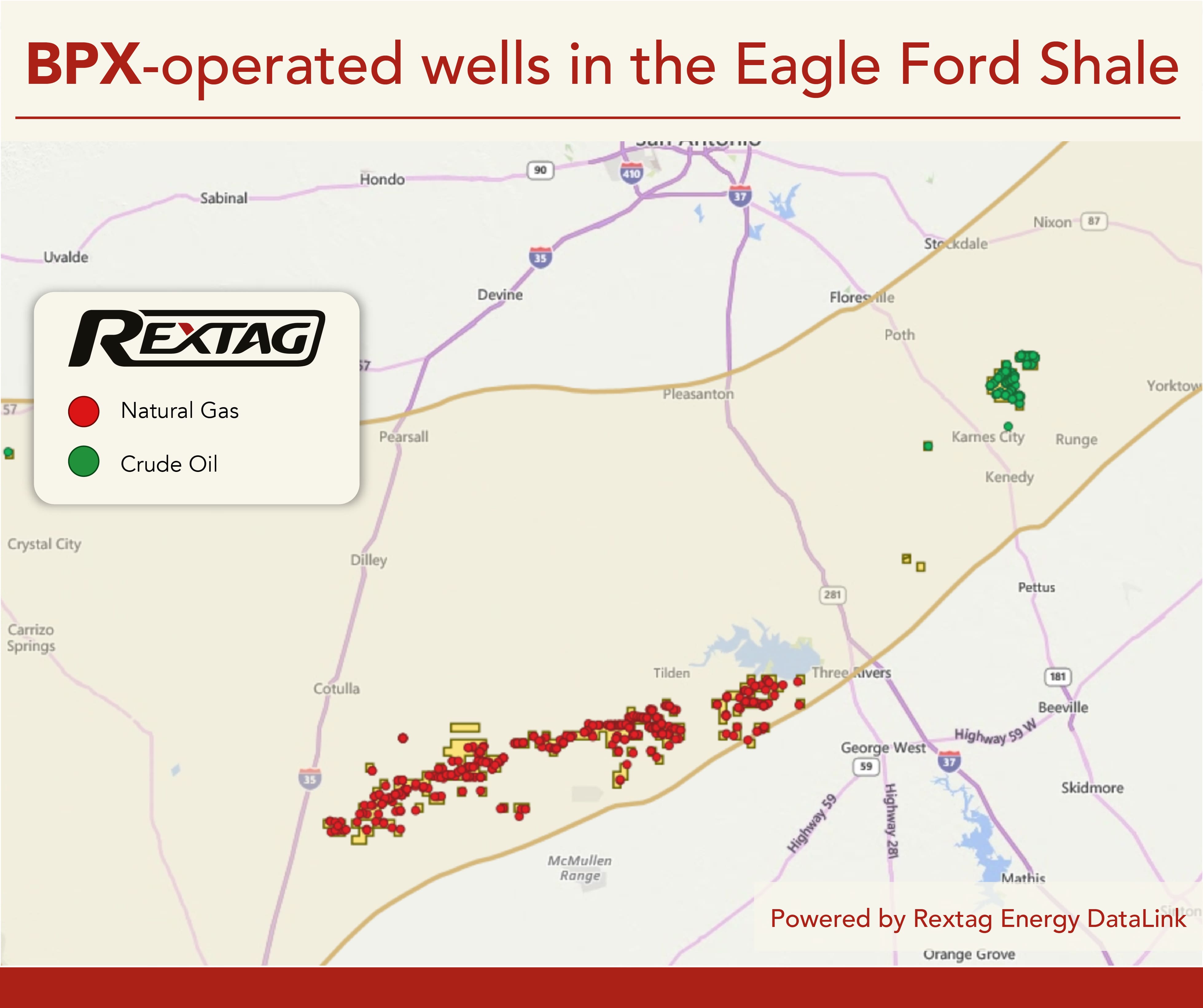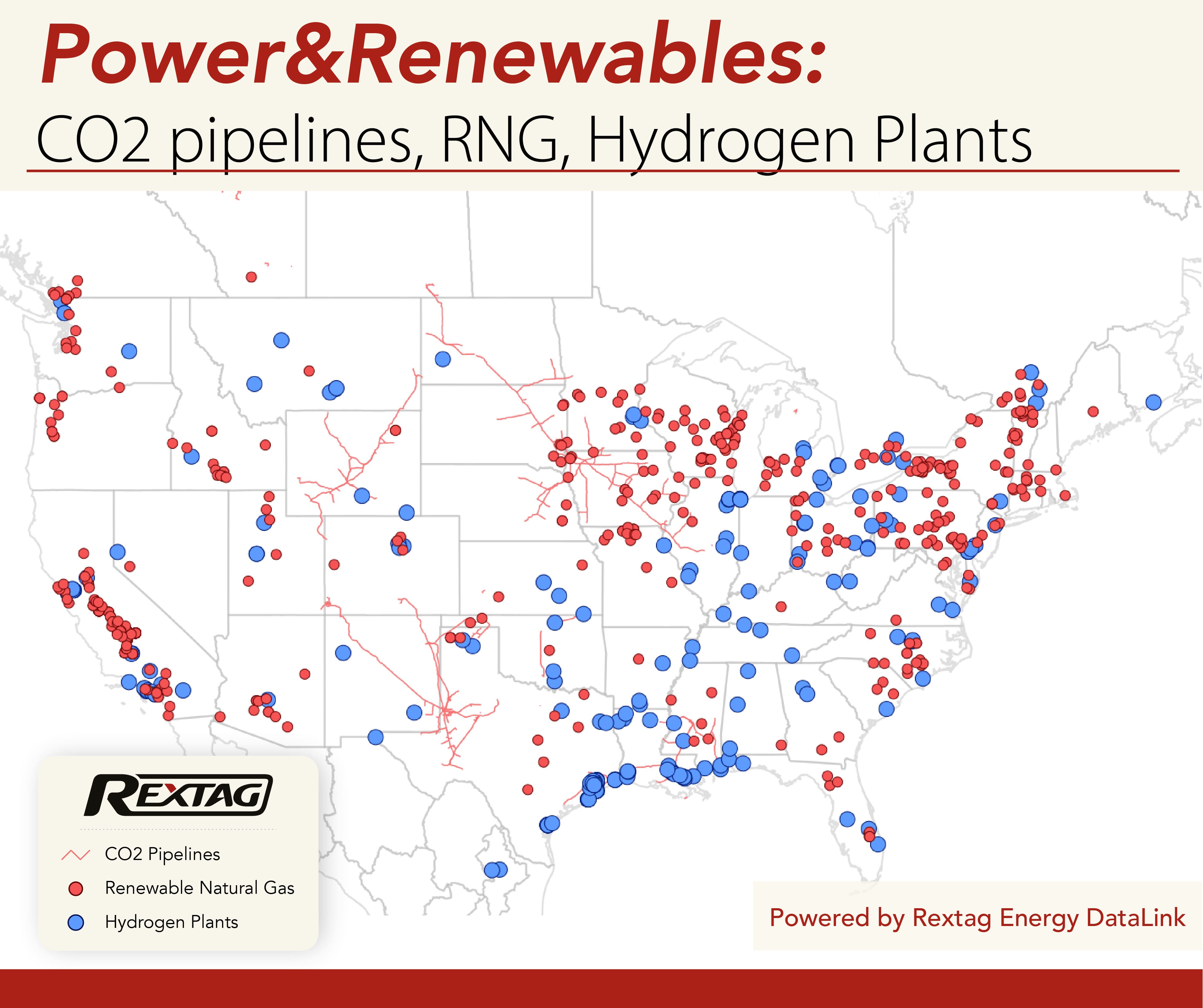Blog
Since days when shale oil and gas technologies were discovered, the U.S. energy industry has been evolving more rapidly than ever before. Many changes are amazing especially when you put them on an industry map. At Rextag not only do we keep you aware of major projects such as pipelines or LNG terminals placed in service. Even less significant news are still important to us, be it new wells drilled or processing plants put to regular maintenance.
Daily improvements often come unnoticed but you can still follow these together with us. Our main input is to “clip it” to the related map: map of crude oil refineries or that of natural gas compressor stations. Where do you get and follow your important industry news? Maybe you are subscribed to your favorite social media feeds or industry journals. Whatever your choice is, you are looking for the story. What happened? Who made it happen? WHY does this matter? (Remember, it is all about ‘What’s in It For Me’ (WIIFM) principle).
How Rextag blog helps? Here we are concerned with looking at things both CLOSELY and FROM A DISTANCE.
"Looking closely" means reflecting where exactly the object is located.
"From a distance" means helping you see a broader picture.
New power plant added in North-East? See exactly what kind of transmission lines approach it and where do they go. Are there other power plants around? GIS data do not come as a mere dot on a map. We collect so many additional data attributes: operator and owner records, physical parameters and production data. Sometimes you will be lucky to grab some specific area maps we share on our blog. Often, there is data behind it as well. Who are top midstream operators in Permian this year? What mileage falls to the share or Kinder Morgan in the San-Juan basin? Do you know? Do you want to know?
All right, then let us see WHERE things happen. Read this blog, capture the energy infrastructure mapped and stay aware with Rextag data!
U.S. Refineries: Lake Charles, Lemont, Wood River, Rodeo San Francisco, Los Angeles and TOP Operators
U.S. crude oil refining capacity experienced a notable boost this year, climbing 1.5% to reach 18.38 million barrels per day. The recent expansion includes Exxon Mobil's Beaumont, Texas, refinery, which underwent a significant increase of approximately 250,000 barrels per day. As of the start of 2023, there were 124 active oil refineries nationwide. After a two-year downturn due to decreased demand during the COVID-19 pandemic, U.S. refining capacity saw a significant rebound. In 2023 alone, capacity surged by over 100,000 barrels per day to reach 18.1 million, although this still trails the peak of 18.98 million barrels per day seen in 2019.
Strategic Petroleum Reserves Grow as USA Adds Oil: How Long Will U.S. Oil and Gas Last?
U.S. oil and gas output is leveling off after a period of intense activity. As of March 2024, crude oil production hovered around 13.2 million barrels per day, according to the U.S. Energy Information Administration. This marked a slight increase of less than half a million barrels per day from the previous year, indicating a slowdown from the rapid growth seen in the latter half of 2023.
A Green Future: $2 Trillion Investment in Clean Energy on the Horizon for 2024
The global investment in upstream oil and gas is also set to rise by 7% in 2024 to $570 billion, continuing the growth trend from 2023. National oil companies in the Middle East and Asia primarily drive this increase. This year, the global shift toward clean energy will see investments reaching a monumental $2 trillion, according to the International Energy Agency (IEA). This amount is double what is being invested in fossil fuels. In its annual World Energy Investment report, the IEA highlights that for the first time, total energy investment will surpass $3 trillion in 2024.
Exclusive: Rextag Reports on Massive Gas Pipeline Leak
Rextag Exclusive: According to the latest data analysis from Rextag Energy DataLink, a substantial natural gas emission event was identified on April 9, 2024. Using satellite technology provided by Carbon Mapper, the data indicates an emission rate of approximately 37,000 kg per hour, equivalent to 1,8 MMCF per hour. While the complete duration of the event is undetermined, assuming it lasted for only an hour, the leaked natural gas is so massive that it’s worth putting into perspective.
Renewable Natural Gas: How RNG Changes the Industry
Power companies argue that natural gas is essential for meeting energy demands when renewable sources like wind and solar aren't producing enough electricity. Despite the increasing role of renewables, which are setting new records in U.S. power generation and are favored to replace coal, the intermittency of these sources presents challenges that could keep natural gas in the mix through at least 2030. According to the U.S. Energy Information Association, the U.S. has enough natural gas reserves to last approximately 86 years. However, the finite nature of these reserves highlights the need for a continued shift towards more renewable and sustainable energy sources.
Ovintiv, Occidental, BP, Marathon Oil, ConocoPhillips, TC ENERGY Q1 Results and Sale of $1 Billion Permian Assets
As TC Energy expands its gas network to support the growing demand from data centers, driven by AI, Occidental is considering selling assets in the Permian Basin potentially worth over $1 billion. Keep reading. But first, let’s take a look at the Q1 2024 results for big names like Occidental (OXY), Ovintiv, BP, Marathon Oil, ConocoPhillips, and TC Energy.






